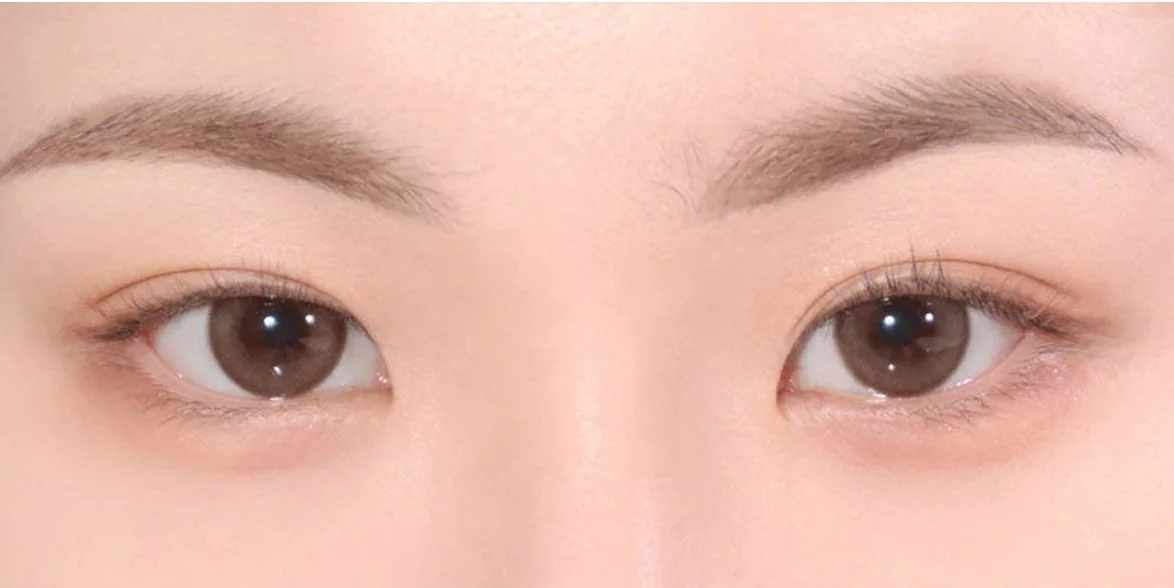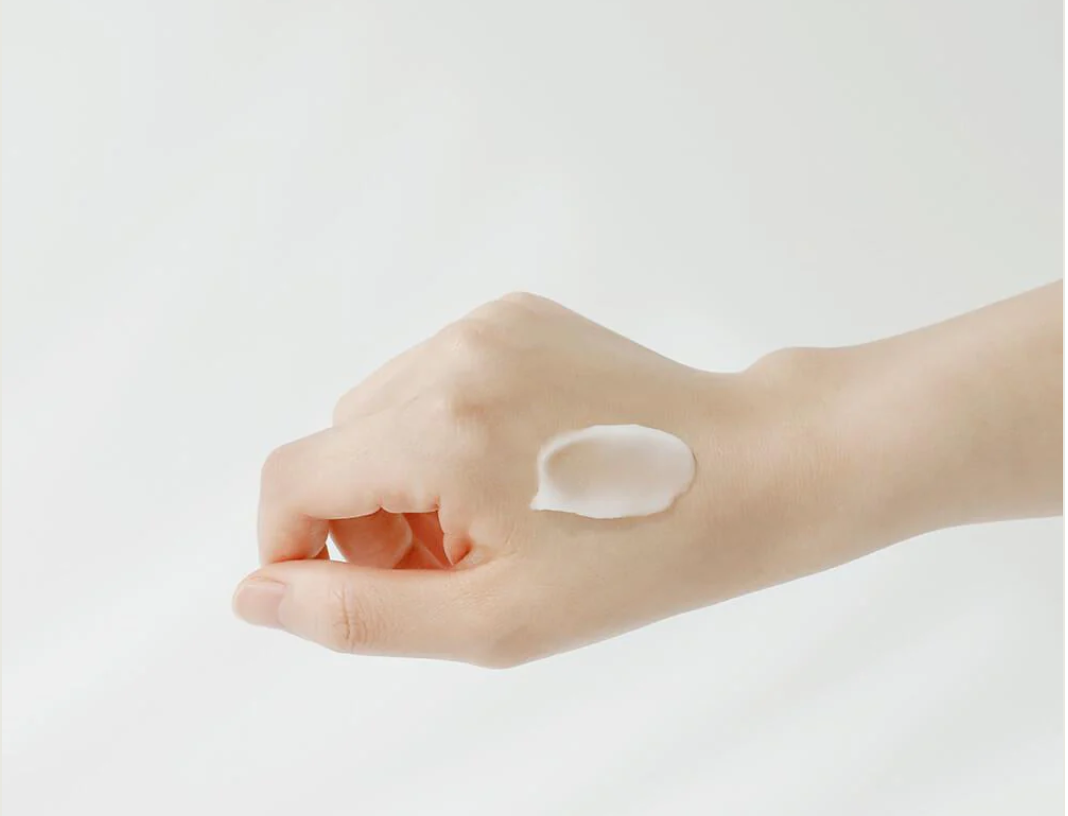The Rise of Asian Beauty Trends in the West and Their Impact on Global Beauty Standards
From sheet masks to tinted moisturizing foundation, Western beauty brands are rapidly jumping on the Asian beauty trends and routines. Many popular Western skincare and beauty products take inspiration from Asian culture, especially Korean, Japanese, and Chinese beauty regimes.
You can observe these trends in the beauty community on TikTok and Instagram, where social media influencers, content creators, and celebrities post “Get Ready With Me” (GRWM) reels that promote their favorite makeup products and skincare step-by-step routines. Even streaming services such as YouTube feature videos with titles like “How to Glow Up in Five Steps” or “Three Asian Beauty Products To Keep Us Looking Young,” each racking up millions of views.
In the United States, skincare product retail sales steadily increased from $4.1 billion in 2020 to nearly $5.5 billion in 2023. Heightened consumer interest in skincare routines, the influence of social media and beauty trends, and an increased focus on self-care, especially during and after the COVID-19 pandemic, likely drove this consistent increase.
What’s so special about Asian beauty?
Asian beauty captivates global audiences through its innovative trends and holistic approach to skincare and makeup. K-beauty, for instance, emphasizes achieving a flawless, radiant complexion with techniques like Aegyo sal, glass skin, and the “clean” makeup look.
Aegyo sal, or the “cute” bags under the eyes, enhances a youthful appearance, while glass skin creates a dewy, translucent finish that resembles smooth glass. The “clean” makeup look prioritizes natural beauty, using minimal products to enhance features rather than mask them. These trends promote a healthy skincare regimen and encourage individuals to embrace natural beauty.
J-beauty, or Japanese beauty, focuses on using natural products and ingredients. This approach celebrates simplicity and sustainability, incorporating elements like rice bran, green tea, and camellia oil. J-beauty routines nurture the skin instead of merely covering imperfections. By emphasizing gentle, high-quality products, J-beauty promotes a mindful approach to beauty that encourages long-term skin health and wellness. Many consumers appreciate this philosophy, as it offers effective solutions without harsh chemicals.
Chinese beauty trends highlight herbal and natural ingredients, blending traditional practices with modern routines. Tools like gua sha and jade rollers have gained international popularity, showcasing the benefits of facial massage for improving circulation and promoting a healthy glow. These tools, often paired with oils or serums, enhance the skin’s texture and overall appearance. Their douyin makeup trend also focuses on a soft, effortless aesthetic, drawing inspiration from popular social media platforms. The mixture of ancient practices with contemporary styles showcases its rich cultural heritage while appealing to a global audience.
What’s the difference between Western and Asian beauty?
Western beauty embraces boldness and striking features, having attributes like defined cheekbones, vibrant hair colors, and dramatic makeup looks that command attention. It showcases a diverse range of styles, from glamorous to edgy.
In contrast, Asian beauty emphasizes a softer, more natural approach. Here, individuals focus on achieving a flawless, radiant complexion, using minimal makeup to enhance rather than transform.
How do dominant Asian beauty trends on social media reshape the Western market?
The fascination with Asian beauty has surged in response to the growing global interest in Korean culture, specifically through the popularity of K-pop and Korean dramas. The growing interest in Asian beauty trends also reflects a broader shift in consumer preferences, with a strong demand for products that prioritize skincare over makeup. This shift has compelled traditional beauty brands to adapt their market, often integrating elements of K-beauty and J-beauty into their product lines. Consequently, the beauty industry is witnessing an increase in innovation and competition as brands strive to meet the evolving needs of consumers who are becoming more informed and selective about their products.
Consumers actively follow beauty trends to align themselves with societal beauty standards. Their desire to fit in and be perceived as attractive by others motivates them to adopt the latest looks, skincare routines, or makeup techniques. They invest in products that promise to enhance their appearance and match current beauty ideals, allowing the beauty industry to shape personal identity and influence self-esteem. For instance, brands like Dove, through its Campaign for Real Beauty, emphasize body positivity and self-acceptance, encouraging consumers to redefine beauty standards while still promoting beauty products. Similarly, L’Oréal leverages the slogan “Because You’re Worth It” to reinforce self-worth and empowerment, marketing products that enhance beauty while promoting the idea that everyone deserves to feel attractive.
In addition, consumers are now more vocal about representation, seeking brands that reflect a variety of skin tones, textures, and cultural backgrounds. This demand has led to the rise of new brands that prioritize inclusivity and celebrate diversity, challenging the longstanding Eurocentric standards of beauty that have dominated the industry for decades.
Since makeup trends like “douyin” or “no-makeup” makeup trend took off across social media, sales of pink, nude, and pastel makeup palettes surged. In response, Western brands like Fenty Beauty, Glossier, and Urban Decay began offering options that fulfill these trends. These brands adapted their product lines to cater to consumers seeking a more natural look, blending soft hues and lightweight formulas that align with the rising demand for effortlessly beautiful aesthetics.
Additionally, Asian brands such as Innisfree, Laneige, and Shiseido have experienced a significant increase in international demand, becoming more accessible in the U.S. and Canada through retailers like Sephora and Ulta Beauty, which sell a wide range of Japanese, Chinese, and Korean products. This accessibility caters to the rising interest in these beauty trends and allows consumers to explore and embrace the unique skincare routines and makeup styles that define Asian beauty.
Asian beauty products are also known for their affordability, making them accessible to a broad range of consumers. Compared to their Western counterparts, many Asian brands offer high-quality skincare and makeup solutions at lower prices. This affordability is due to a focus on simplicity in packaging, direct-to-consumer sales models, and efficient manufacturing processes in countries like South Korea and Japan. The competitive pricing allows consumers to experiment with different products without breaking the bank. As a result, these products have gained a strong foothold in the Western beauty market, appealing to both budget-conscious shoppers and those seeking effective beauty solutions.
But how do these trends shape cultural exchange and representation in the West?
Beauty trends go beyond mere aesthetics. They also reflect a cultural exchange that reshapes our understanding of beauty, identity, and representation. So, how are these trends reshaping the beauty landscape in the West?
As these trends gain prominence, they promote a more inclusive definition of beauty that embraces diverse skin tones, facial features, and styles. This shift promotes a broader understanding of beauty that celebrates individuality and diversity. Additionally, it helps counteract stereotypes and misconceptions about Asian cultures, paving the way for a more nuanced representation in media and advertising.
On the flip side, the popularization of Asian beauty standards, such as the preference for fair, porcelain skin or certain facial features like double eyelids or a v-shaped face, can inadvertently reinforce harmful ideals, such as pressure on individuals to conform to these newly emerging standards, perpetuating the very issues of exclusion and discrimination that they aim to dismantle.
The social media landscape can also amplify unrealistic beauty standards and encourage harmful comparisons. The pressure to attain the often-filtered and idealized versions of beauty showcased online can negatively impact self-esteem and body image, especially among young consumers who may feel inadequate if they do not meet these standards.
Appreciating Asian beauty trends can be enriching, but brands and consumers must stay aware of the origins of the practices they adopt and respect their cultural significance. This awareness helps avoid the exploitation of the cultures behind these trends, including the risk of cultural appropriation, the reinforcement of unrealistic beauty standards, and the potential marginalization of the original cultural narratives.
Overall, the rise of Asian beauty trends in the West has significantly influenced global beauty standards, reshaping consumer preferences and the beauty industry. The focus on skincare, unique facial features, and minimalist aesthetics sets Asian beauty apart from traditional Western ideals. However, while these trends offer new perspectives and aesthetics, it is crucial to approach these practices with respect for the cultural origins, ensuring that appreciation does not turn into appropriation or misrepresentation.


